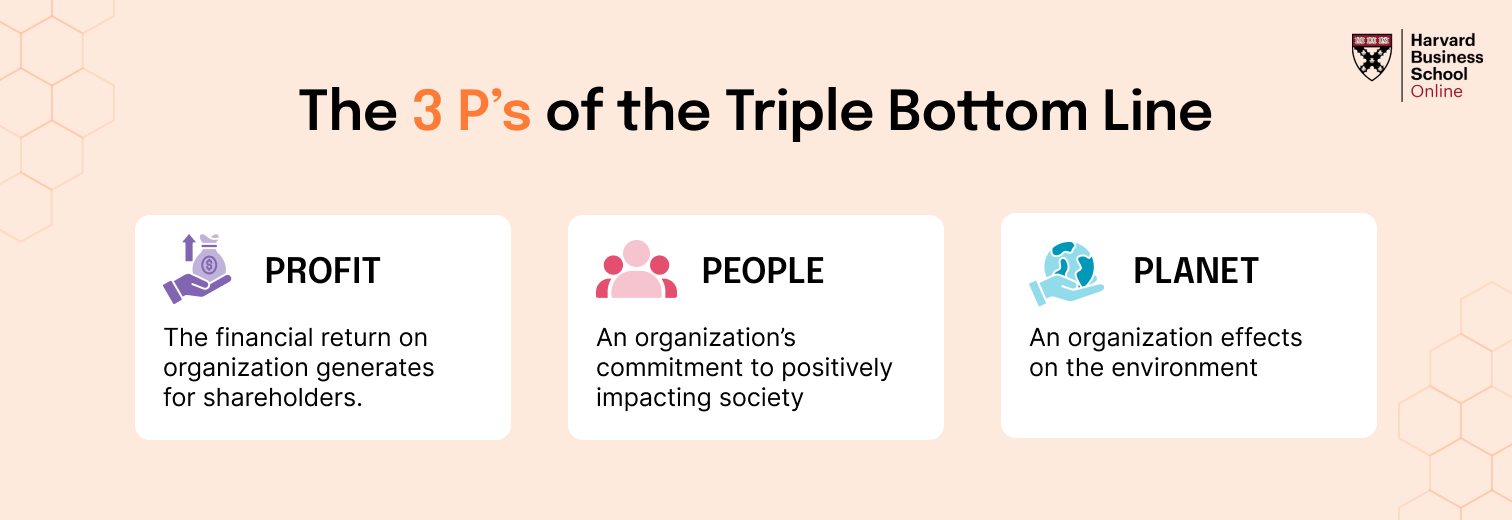Reality television might not be the first place you look for leadership wisdom, but in our experience, inspiration often comes from the most unexpected sources. One such source has been Gordon Ramsay’s gripping reality show, “24 Hours to Hell and Back.” As team facilitators who work closely with leadership development across industries, we found this show to be packed with powerful, real-world lessons for anyone leading a team – especially in high-pressure environments.
For context, the show revolves around Ramsay traveling across the United States in his 70-foot-long “Hell on Wheels” mobile kitchen. He visits failing restaurants, goes undercover to observe issues firsthand, and then attempts to turn things around within 24 hours. It’s part drama, part culinary challenge, and fully packed with leadership insights. One episode in particular, featuring the family-run Mexican restaurant Los Toros (established in 1967), truly stood out.
The challenges facing Los Toros were layered: deep financial debt ($450,000), health issues of the owner, unskilled kitchen staff, and a general lack of structure and communication. As the episode unfolded, it became clear that what the restaurant really needed wasn’t just a new menu or kitchen renovation – it needed a leadership overhaul.
Here are the key leadership takeaways we drew from this episode, and how they apply to modern-day leaders in the corporate world:
1. Transparency: Trust Starts with the Truth
Table of Contents
At Los Toros, the owner Nick Sr. was hiding the gravity of the restaurant’s situation from his family and team. No one knew the extent of the financial losses or the state of the kitchen, which was stocked with spoiled meat and expired ingredients. In our work with organizations, we’ve seen similar scenarios play out. Leaders often withhold critical information to protect their teams, but in reality, it erodes trust and disables action.
Transparency isn’t about oversharing; it’s about timely and honest communication. When people know the full picture, they can align their efforts toward solutions. We often encourage leaders in our leadership programs to create regular touchpoints where updates on the business, project timelines, and even failures are openly discussed.
Related Reading: Why Communication Is An Important Leadership Trait?
Corporate L&D Takeaway: Cultivate a culture of psychological safety. Make it standard practice to communicate openly about business challenges, so employees feel part of the solution, not victims of silence.
“Forget about eloquence – worry about being real.” – Susan Tardanico, Founder, Authentic Leadership Alliance
2. Delegation: Empower Others by Letting Go
Despite having a team eager to help, Nick Sr. refused to delegate. His daughter was a designated manager in title only, and his son had never been given a real opportunity to step into a leadership role. This centralized control left the team disengaged and the business overwhelmed.
In our experience, leaders who struggle to delegate often do so out of fear: fear of losing control, fear of mistakes, or fear that no one else will do it “right.” But what this mindset actually creates is burnout for the leader and stagnation for the team.
Delegation is not just about offloading work; it’s about developing others. It’s about trust. In corporate teams, when leaders create space for team members to own projects and decisions, it leads to higher engagement, stronger capability development, and succession planning.
Corporate L&D Takeaway: Incorporate structured delegation exercises in your leadership development programs. Help leaders learn to identify the right tasks to delegate and match them to team members’ growth opportunities.
“No man will make a great leader who wants to do it all himself or get all the credit for doing it.” – Andrew Carnegie
Related Reading: Delegate. Don’t Abdicate.
3. Honesty: Leadership Begins with Integrity
When Gordon Ramsay questioned the freshness of the ingredients, Nick Sr. insisted they were recently bought, despite clear evidence to the contrary. This moment felt familiar. We’ve seen leaders in denial, too embarrassed or afraid to admit fault, even when the evidence is undeniable.
Honesty is a cornerstone of effective leadership. Whether you’re dealing with operational issues or interpersonal dynamics, owning up to the problem is the first step toward resolution. Teams can sense when something is amiss, and dishonesty only erodes credibility.
During our facilitation sessions, we often ask leaders to reflect on difficult conversations they’ve avoided and the cost of that avoidance. The exercise is always revealing.
Corporate L&D Takeaway: Build self-awareness into your leadership curricula. Include 360-degree feedback and self-reflection components to encourage honesty as a leadership habit.
“It is true that integrity alone won’t make you a leader, but without integrity, you will never be one.” – Zig Ziglar
Related Reading: 5 Ways to Deal with Difficult Employees
4. Feedback and Coaching: Critique with Care
One thing Gordon Ramsay is famous (or infamous) for is his intensity. He doesn’t hold back in his feedback – and while his delivery can be harsh, the underlying intention is almost always to improve performance.
In the Los Toros episode, we saw Ramsay shift between brutal honesty and genuine compassion. After confronting staff with the reality, he immediately moved to skill-building and emotional support. That duality is important in leadership.
In our experience, the most effective leaders aren’t the ones who sugarcoat or avoid conflict, but those who can deliver tough feedback with care. They coach, not criticize.
Corporate L&D Takeaway: Teach leaders the art of giving and receiving feedback. Role-playing, feedforward sessions, and coaching simulations can all be integrated into L&D programs.
Related Reading: Ditch the sugar coating. Honesty can boost your career
5. Lead with Empathy: People Before Performance
It became apparent that Nick Sr.’s struggle was not just professional, but deeply personal. He was grieving his father’s passing, adjusting after leaving the military, and battling hypertension. Ramsay’s initial frustration softened when he understood the weight Nick was carrying.
As facilitators, we’ve witnessed the power of empathy in unlocking performance. A team’s struggle is often a mirror of the emotional burdens its members are carrying. When leaders check in, listen actively, and make space for personal challenges, it deepens team connection and trust.
Empathy isn’t weakness. It’s a performance enabler.
Corporate L&D Takeaway: Introduce emotional intelligence as a core competency in leadership training. Empathy, resilience, and mental wellness should no longer be considered “nice-to-haves.”
Related Reading: Harnessing Emotional Intelligence: Key Takeaways from Daniel Goleman’s Working with Emotional Intelligence
6. Systems Thinking: Fix the Roots, Not the Symptoms
What was striking about Ramsay’s approach was that he didn’t just slap a fresh coat of paint on the restaurant or tweak the menu. He restructured roles, trained staff, cleaned the kitchen, and redefined the customer experience. It was systems thinking in action.
Often, when corporate teams underperform, we rush to quick fixes: a team offsite, a process document, a new hire. But in our experience, real transformation comes when we look holistically – at culture, clarity, capabilities, and connection.
Corporate L&D Takeaway: Train leaders to think systemically. When designing learning journeys, use frameworks that help participants analyze root causes, not just symptoms. Tools like the 5 Whys, Fishbone Diagrams, and Systems Mapping can be very effective.
7. Creating a Shared Vision: Aligning Everyone to Purpose
One of the pivotal moments in the episode was when Ramsay got the entire family and staff to articulate what Los Toros meant to them. He asked: What do you want this place to be? Why does it matter?
That clarity shifted the energy in the room.
We’ve seen similar breakthroughs in corporate contexts. When teams align around a shared purpose – not just a revenue goal, but something meaningful – collaboration and resilience go up. Leaders need to make space for these conversations.
Corporate L&D Takeaway: Incorporate visioning exercises into team offsites and leadership labs. Help leaders craft compelling narratives that rally teams around purpose.
Related Reading: Creating a Shared Vision
Final Thoughts: Leadership Lessons from Unlikely Places
At first glance, “24 Hours to Hell and Back” may seem like just another high-drama reality show. But beneath the intensity and pressure is a compelling case study in leadership, team dynamics, and human behavior.
In our journey of working with leaders across industries, we’ve come to realize that leadership is not a static skill set – it’s an evolving mindset. And it can be sharpened anywhere: in the boardroom, on the field, or even in the kitchen of a struggling restaurant.
The next time you’re watching a reality show or reading a news story, ask yourself: What would I do as a leader in this situation? You might be surprised by what you learn.
We’d love to hear from you: What’s the most unconventional place where you’ve picked up a leadership insight? Drop us a message or join the conversation below!
Related Reading: Leadership Lessons From An Uber Ride














